Advancements in Drone Technology for Forest Conservation
The integration of drone technology into forest conservation efforts has marked a significant stride in environmental protection and sustainability. As deforestation and climate change threaten ecosystems worldwide, drones emerge as innovative tools that enhance monitoring, data collection, and intervention strategies. This page explores how recent advancements in drone technology have revolutionized forest conservation, increased efficiency, minimized human risk, and provided new insights into ecological health.
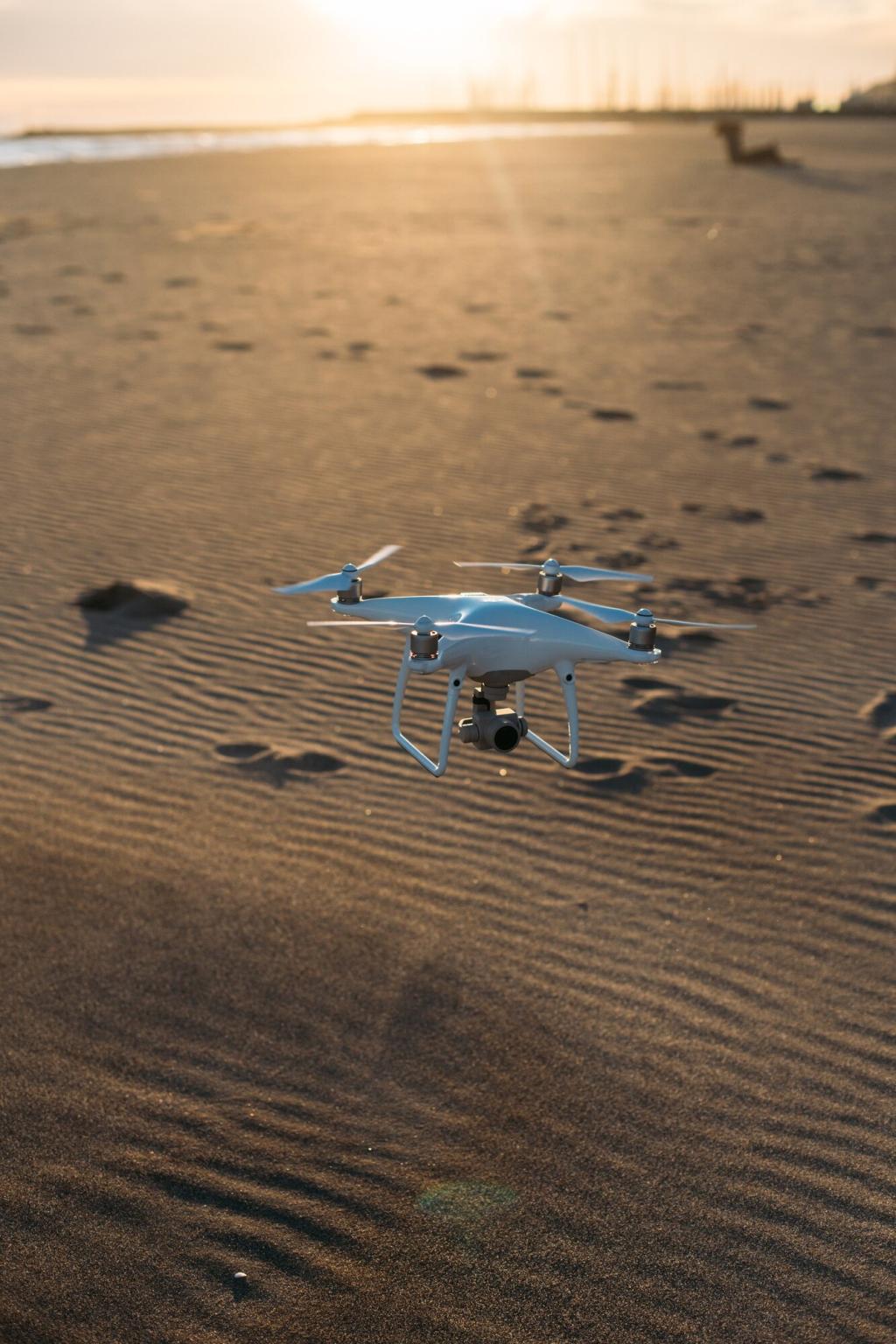
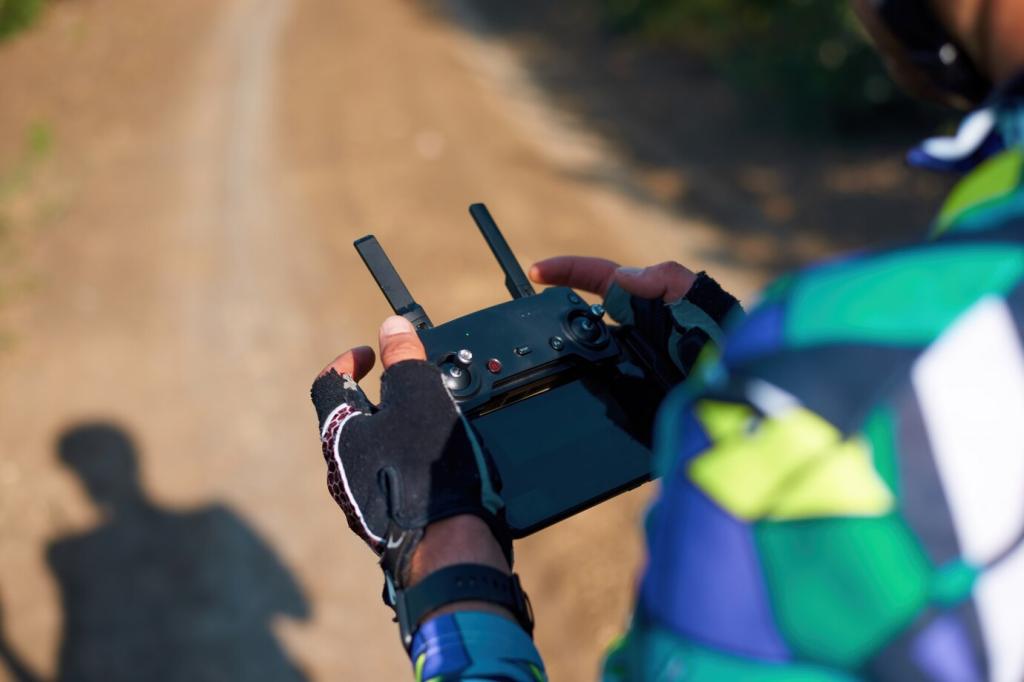
The Shift from Manual to Automated Surveys
Forest conservation once relied heavily on laborious, ground-based assessments requiring extensive human effort and time. The adoption of drones marked a pivotal transformation, automating large-scale surveys that previously took weeks or months. Modern drones, equipped with advanced navigation systems and high-capacity batteries, can scan expansive forested regions in a fraction of the time, collecting precise data with minimal disturbance to wildlife. This automation not only boosts efficiency but also yields more consistent and objective results, facilitating accurate monitoring of forest conditions over time.
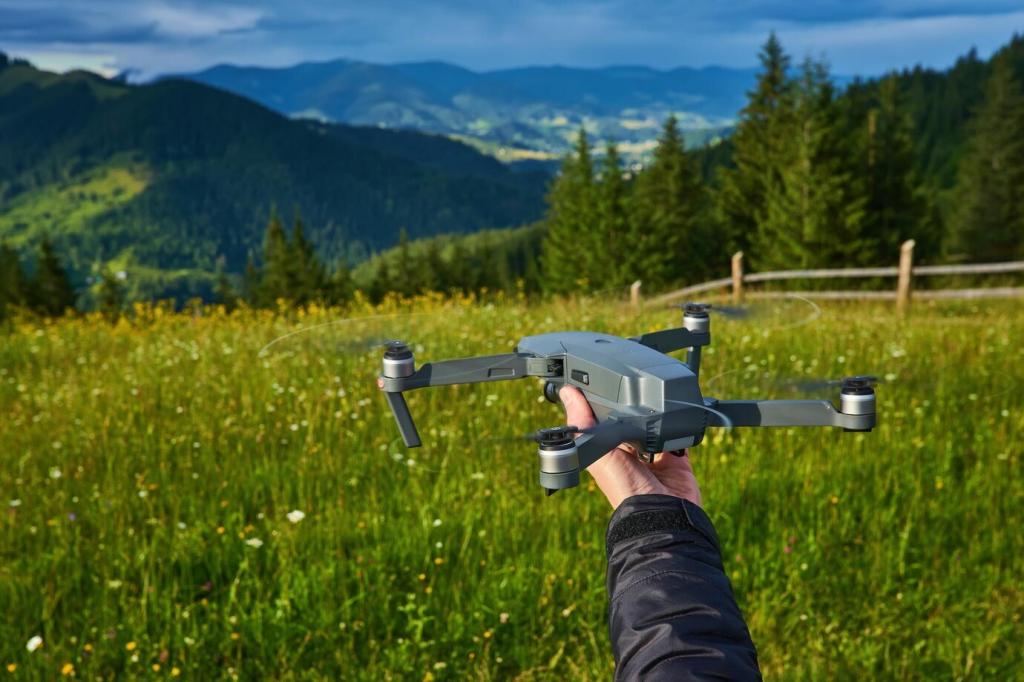
Integrating Advanced Sensing Technologies
The progression of drone technology has been intrinsically linked with the development of cutting-edge sensors. Today’s drones can be equipped with thermal cameras, LiDAR units, and hyperspectral imaging devices, enabling the detailed capture of forest structure, vegetation health, and even hidden disturbances such as pest infestations or illegal logging. These sensors transform drones into powerful diagnostic tools, allowing researchers to gain multilayered insights that are impossible to achieve through traditional means. The integration of such technologies ensures comprehensive ecosystem assessments and more timely interventions.
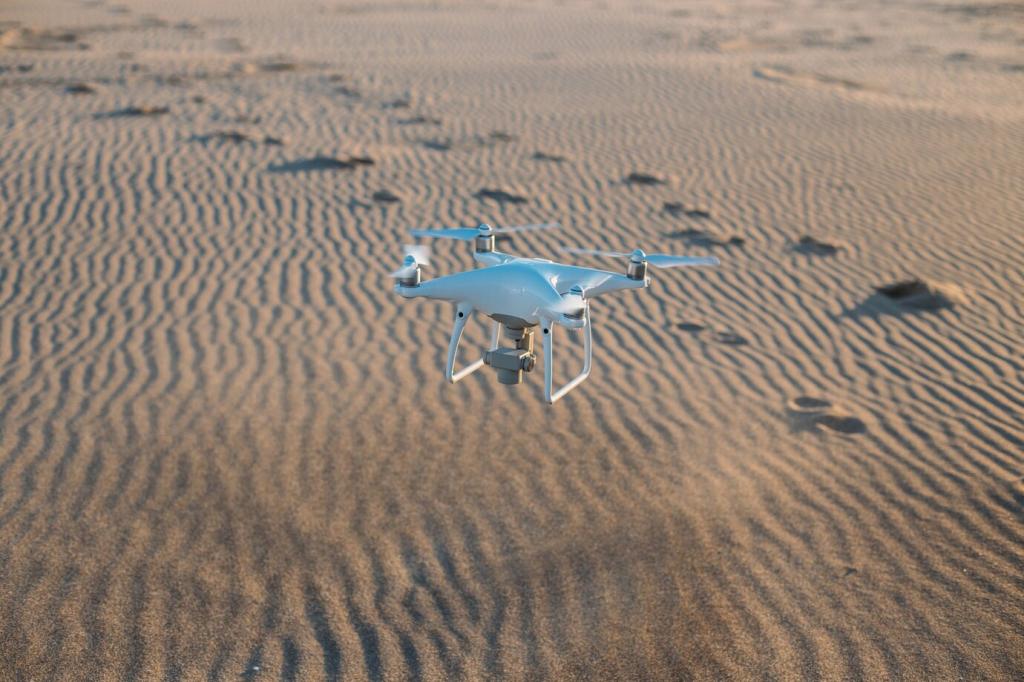
Growth of Drone Data Management Platforms
Handling the vast amounts of data generated by drone surveys poses its own set of challenges. The evolution of cloud-based data management platforms has been a game-changer, making it easier to process, analyze, and share high-resolution imagery and sensor readings. These platforms provide conservationists with intuitive dashboards and real-time mapping capabilities, fostering collaboration across teams and stakeholders. Enhanced data management not only streamlines the workflow but also accelerates decision-making, paving the way for more coordinated and impactful conservation actions.
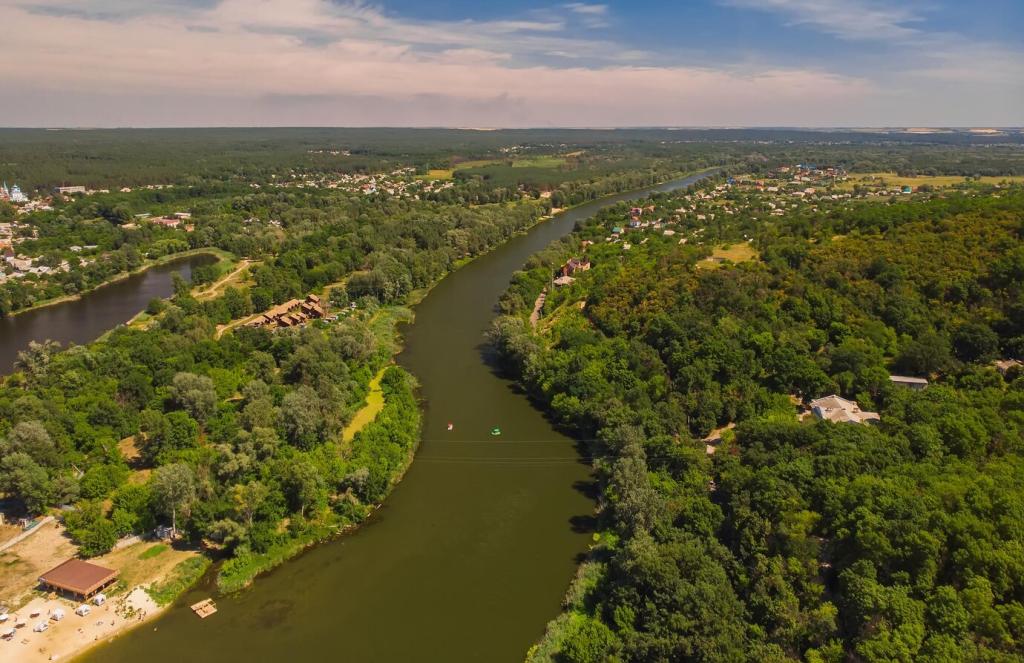
High-Resolution Aerial Imagery
The availability of drones equipped with ultra-high-resolution cameras has drastically improved the quality of aerial imagery collected for forest monitoring. Unlike satellite-based observations, drones can capture images at much lower altitudes, yielding fine-grained details critical for habitat assessment and species identification. This enhanced imagery supports the detection of subtle changes in canopy structure and the early identification of threats such as invasive species or disease outbreaks, enabling conservationists to respond swiftly and effectively.
Real-Time Change Detection
One of the most transformative aspects of drone technology is the ability to detect changes in forest conditions in real time. By conducting frequent overflights and comparing new data with historical records, drones facilitate ongoing surveillance that was previously impractical. This real-time capability accelerates incident response, such as dispatching personnel to contain wildfire hotspots or halt illegal activities. The near-instantaneous flow of information allows for agile management practices that better protect forest ecosystems.
Long-Term Ecological Monitoring
Drones now play a crucial role in establishing and maintaining long-term ecological monitoring programs. Their capacity for repeated, consistent data collection supports the creation of detailed time-series records tracking ecosystem changes over months and years. Such longitudinal datasets are invaluable for understanding patterns in forest regeneration, climate impacts, and the effectiveness of conservation interventions. The reliability and repeatability afforded by drones enrich scientific knowledge and inform more sustainable management strategies.
Precision Reforestation and Habitat Restoration
One of the most groundbreaking advances is the emergence of drones capable of autonomously dispersing seeds over deforested or degraded land. Utilizing precise geolocation data and pre-programmed flight paths, drones can deliver payloads to sites that are difficult, hazardous, or time-consuming for humans to reach. This technology enables rapid reforestation over extensive areas, increasing biodiversity and enhancing ecosystem resilience while minimizing labor costs and human exposure to dangerous conditions.
Combating Illegal Logging and Forest Encroachment
Surveillance and Early Detection
Drones can be rapidly deployed to survey forests for signs of illegal logging, mining, or encroachment. Their high-resolution cameras and live-streaming functionality provide up-to-date visual evidence, enabling immediate detection of unauthorized activities. This early warning capacity empowers authorities to intervene before significant damage occurs, reducing the response time and improving the efficacy of law enforcement efforts. As a result, drone surveillance has become a cornerstone of modern forest protection strategies.
Evidence Collection and Documentation
Documenting illicit activities requires accurate and irrefutable evidence. Drones excel in capturing geotagged images and videos that can be used in legal proceedings or to inform policy decisions. The detailed records maintained by drones help create transparent histories of forest management, supporting prosecution, restitution, and future planning. The capacity to provide reliable, unbiased documentation through drone footage increases accountability and deters repeat offenses.
Supporting Community-Led Monitoring Initiatives
Drone technology is also empowering local communities and indigenous groups to participate directly in forest monitoring and protection efforts. Through training and capacity-building programs, these stakeholders can operate drones to document encroachments on their lands and advocate for their rights. The democratization of surveillance technology promotes inclusivity, strengthens local stewardship, and fosters partnerships between authorities and grassroots conservationists, leading to more sustainable and equitable forest management outcomes.
Wildlife Monitoring and Biodiversity Assessment
Non-Intrusive Survey Techniques
Traditional wildlife surveys often involve physically entering habitats, risking disturbance to animals and their surroundings. Drones offer a non-intrusive alternative, capturing high-resolution imagery and thermal data from above without disrupting natural behaviors or endangering researchers. This approach increases the accuracy of population estimates and reveals patterns in habitat use, breeding, and migration, which are essential for informed conservation planning. The unobtrusive nature of drones contributes to more ethical and effective wildlife monitoring.
Documenting Elusive and Endangered Species
Many species at risk of extinction are elusive or inhabit inaccessible terrain, complicating conservation efforts. With drones, researchers can survey remote or dangerous areas, using infrared and low-light cameras to spot and track animals that would otherwise go unnoticed. This capability aids in identifying critical habitats, understanding species distributions, and directing resources to areas most in need of protection. By expanding the reach of scientific inquiry, drones contribute to the preservation of global biodiversity.
Analyzing Habitat Connectivity
Biodiversity conservation hinges on the connectivity of natural habitats, enabling wildlife to move freely and maintain viable populations. Drones facilitate the mapping of habitat corridors, barriers, and land-use changes at landscape scales. High-resolution aerial data aids in assessing fragmentation and identifying opportunities for habitat restoration or corridor creation. By providing up-to-date information on ecosystem connectivity, drones support the design of conservation corridors that sustain wildlife populations and foster ecosystem resilience.
Advanced Data Analysis and AI Integration
Analyzing thousands of drone-captured images manually would be an overwhelming task. AI algorithms now automate image processing, identifying features such as tree species, disease symptoms, or animal presence with high accuracy and speed. Machine learning models are trained on vast image libraries, continuously improving their recognition capabilities. This automation accelerates data analysis, reduces human error, and allows conservation teams to focus on higher-level interpretation and strategic planning.
Previous
Next
Remote Assessment of Hazardous Sites
Forests are frequently located in regions prone to natural hazards, including wildfires, landslides, or dangerous wildlife. Drones can be dispatched to assess such sites remotely, capturing real-time data without exposing human teams to unnecessary danger. Whether mapping active fire fronts or surveying flood-damaged areas, drones ensure that up-to-date situational awareness is maintained while safeguarding human life.
Enhancing Emergency Response Capabilities
Drones are invaluable for rapid response during forest emergencies, providing critical information for search and rescue operations, fire containment, and post-disaster assessments. Their ability to operate day and night, traverse difficult terrain, and relay live video feeds dramatically improves situational awareness for emergency teams. This support allows for faster, more coordinated responses, ultimately reducing human casualties and environmental losses during crises.
Enabling Safe Access to Remote Areas
Some forested regions are nearly inaccessible due to rough terrain, dense vegetation, or political instability. Drones grant conservationists safe access to these locations, extending the reach of monitoring and research activities. By eliminating the need for boots-on-the-ground in dangerous settings, drones democratize forest conservation, enabling more frequent and comprehensive data collection in even the most challenging environments.
